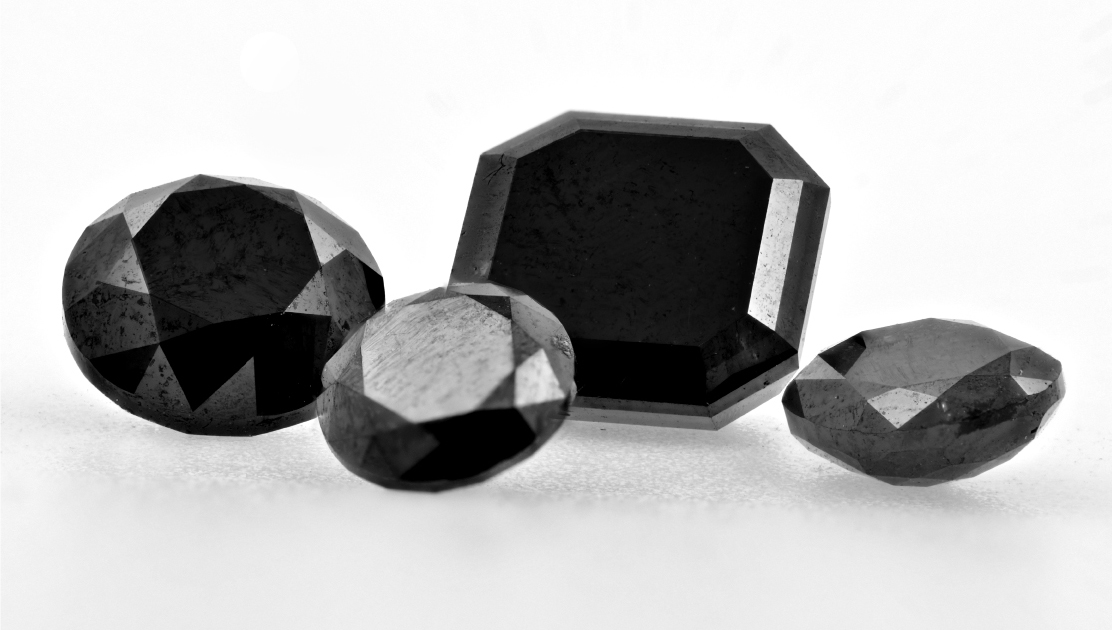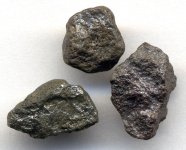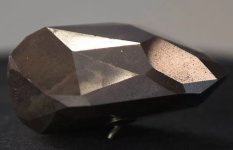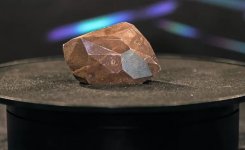CaptEsteban
Bronze Member
- Jul 26, 2011
- 1,272
- 1,200
This is NOT mine, but just looking for opinions.

 www.facebook.com
www.facebook.com

Log into Facebook
Log into Facebook to start sharing and connecting with your friends, family, and people you know.
 www.facebook.com
www.facebook.com









